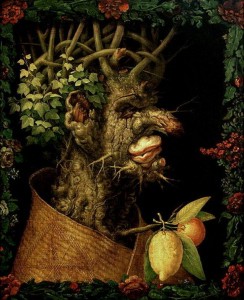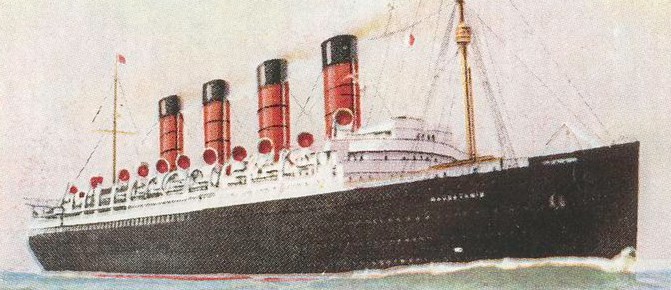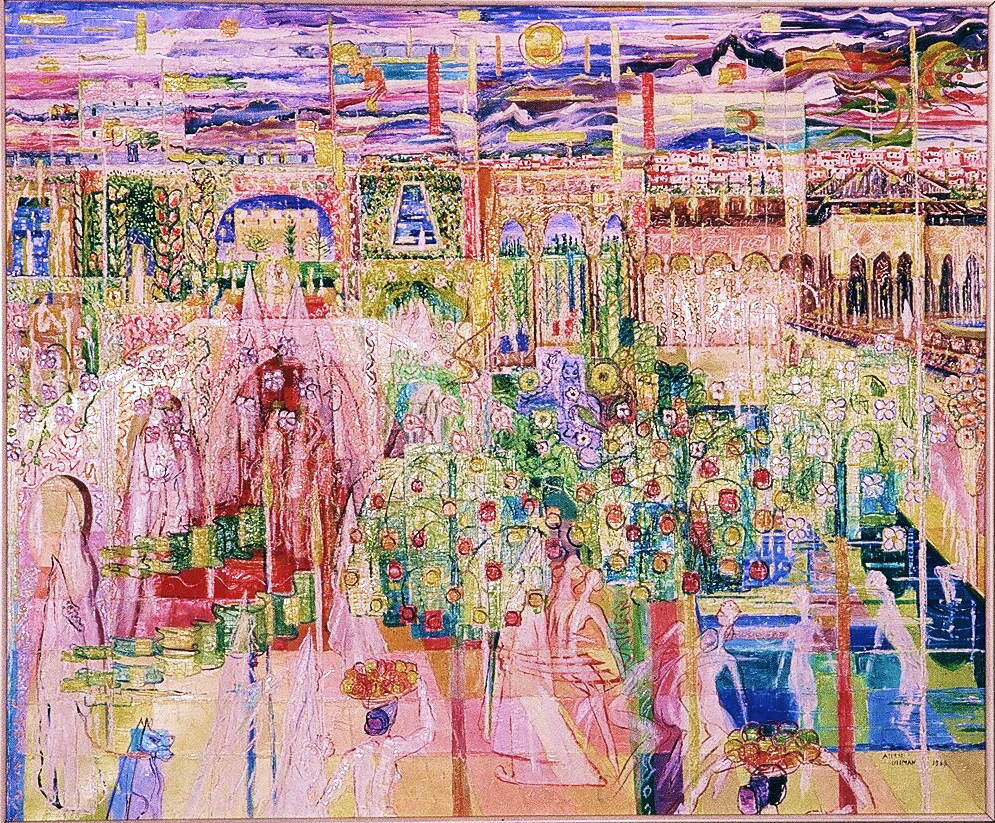People have been cultivating kale for more than 2,000 years, but up until a few months ago hardly anybody bragged about it. Sure, it grows well in winter, and it’s loaded with vitamins. But is that any reason to treat it like the foie gras of the vegetable kingdom?
 “This is food whose texture screams to be rejected,” guest essayist Trisha Pancio Mead declares as she neatly slices and dices kale’s sudden rise to superstardom. That pale green mess on your plate just might be the medicine of bitter times. Or it might be an astringent garden genius, the Stravinsky or Picasso of the dining room. Either way, it’s kale and hearty – and it’s everywhere.
“This is food whose texture screams to be rejected,” guest essayist Trisha Pancio Mead declares as she neatly slices and dices kale’s sudden rise to superstardom. That pale green mess on your plate just might be the medicine of bitter times. Or it might be an astringent garden genius, the Stravinsky or Picasso of the dining room. Either way, it’s kale and hearty – and it’s everywhere.
*
By Trisha Pancio Mead
Remember the eighties, when no power lunch was complete without thin half-moons of avocado and a sprinkling of sprouts and mangoes to elevate it from humdrum to haute?
Or the nineties, where we rebelled against all that California spa fusion and instead established a dish’s pedigree by name-dropping the obscure Southern roadside barbecue shack whose proprietor slipped us the recipe on a sweet-tea-stained napkin – but only after we swore on our meemaw’s grave not to reveal the secret of those melty, smoky collard greens? (The secret was, and still is, pork fat. Lots of it.)
 At the turn of the millennium we became schizophrenics, giving lip service to the foams and mousses and architectural confections of the molecular gastronomy movement while actually spending all our money on increasingly elaborate macs, casseroles and turkey tetrazzini loaves in a Rachel Ray-inspired dash to the comfort-food-stuffed American middle.
At the turn of the millennium we became schizophrenics, giving lip service to the foams and mousses and architectural confections of the molecular gastronomy movement while actually spending all our money on increasingly elaborate macs, casseroles and turkey tetrazzini loaves in a Rachel Ray-inspired dash to the comfort-food-stuffed American middle.
But now.
Now we’ve turned a corner, very like Picasso when he stopped painting pleasingly forgettable realist and impressionistic portraits and started arresting people with the shattered ugliness of his canvases. Or like Stravinsky, who in 1913, with his jangling score for the ballet Le Sacre du Printemps, made music that sent people rioting out of the theater. I love Stravinsky. And Picasso. But the art they created was not pretty. It was ugly, and it was only their genius for balance and composition that made the bitter dissonances and mineral sharp planes and angles resolve into a truly satisfying artistic experience.
Bitter … mineral … ugly … beloved by bohemians. … What is the current foodie version of Stravinsky? I think you know where I’m headed here.

